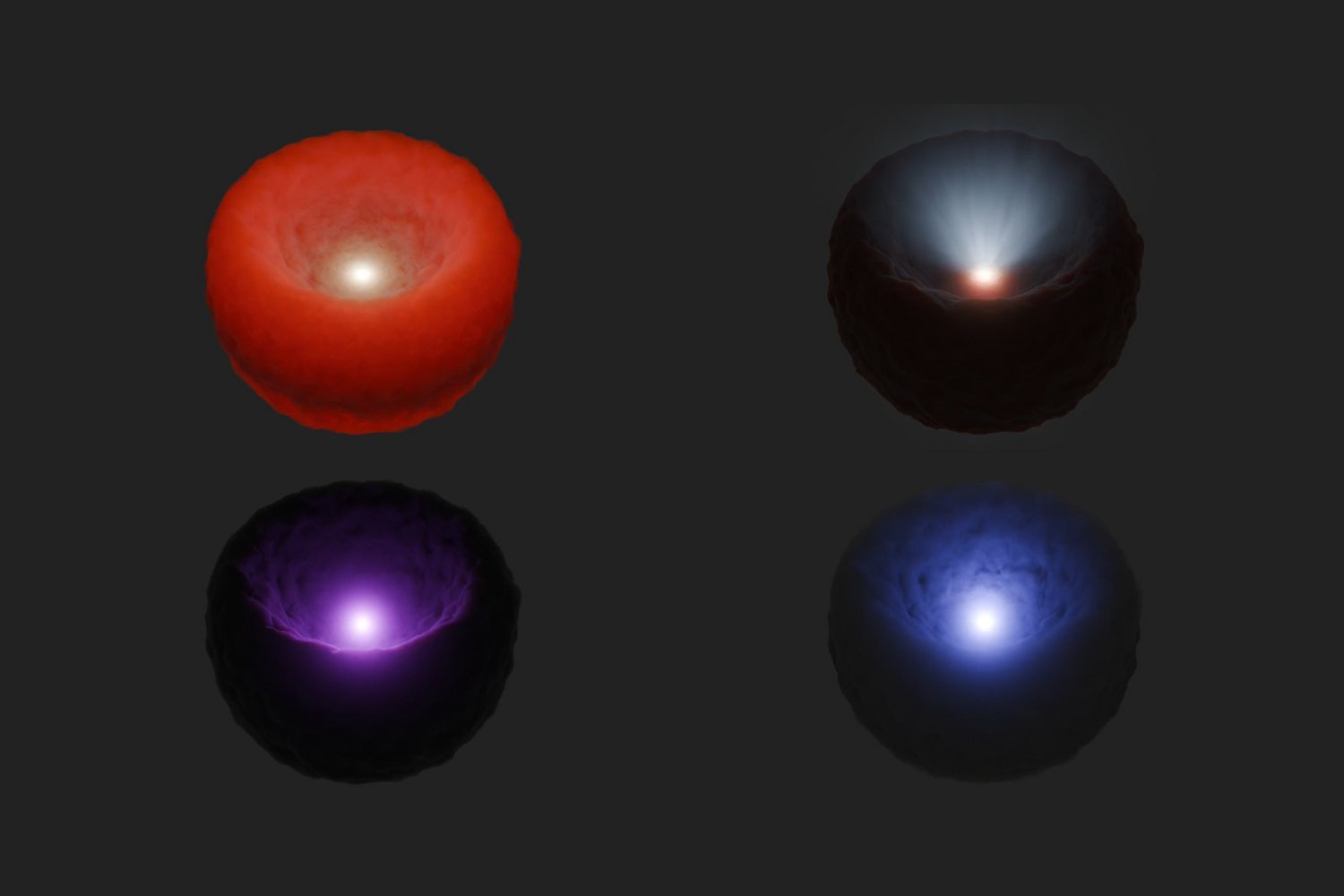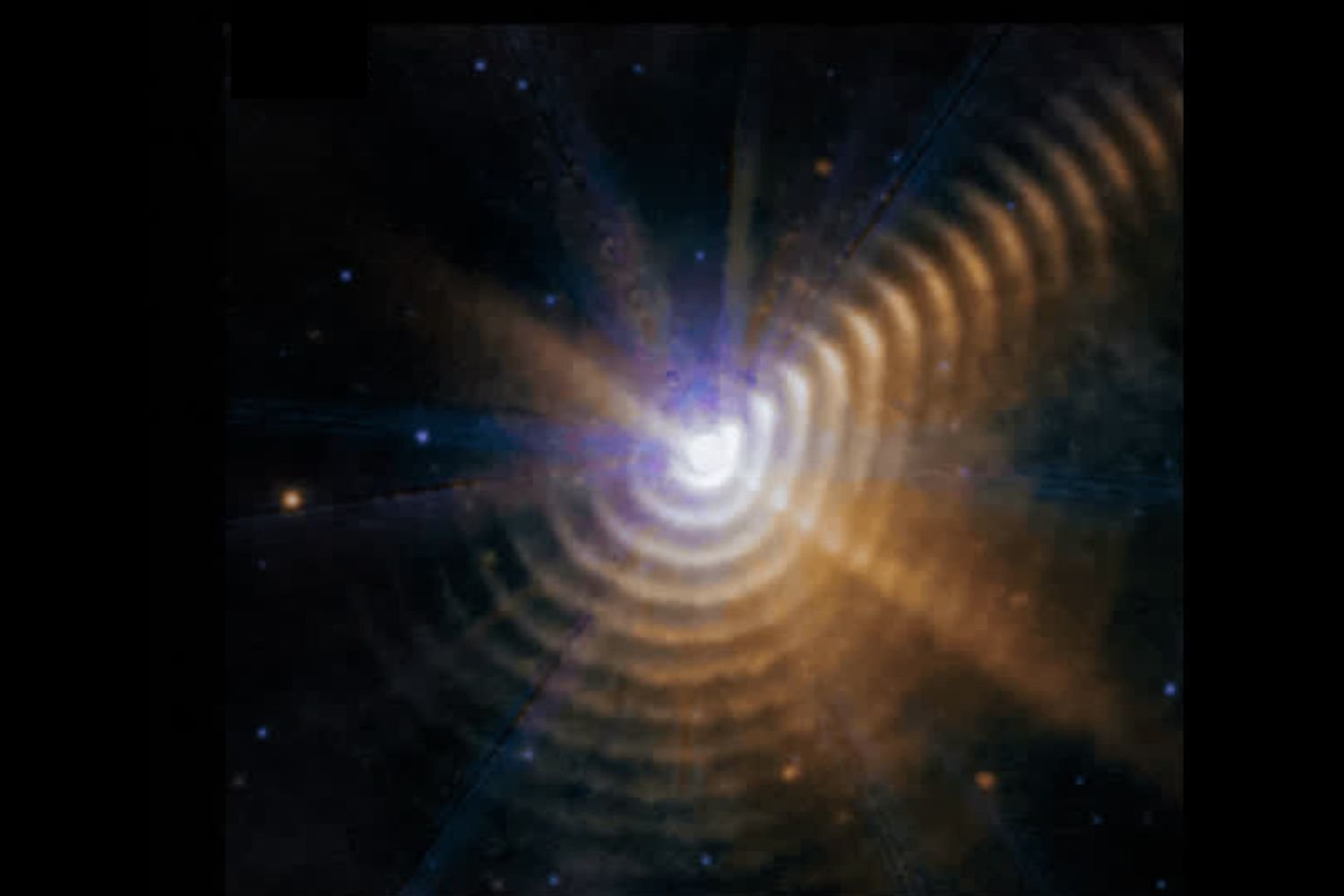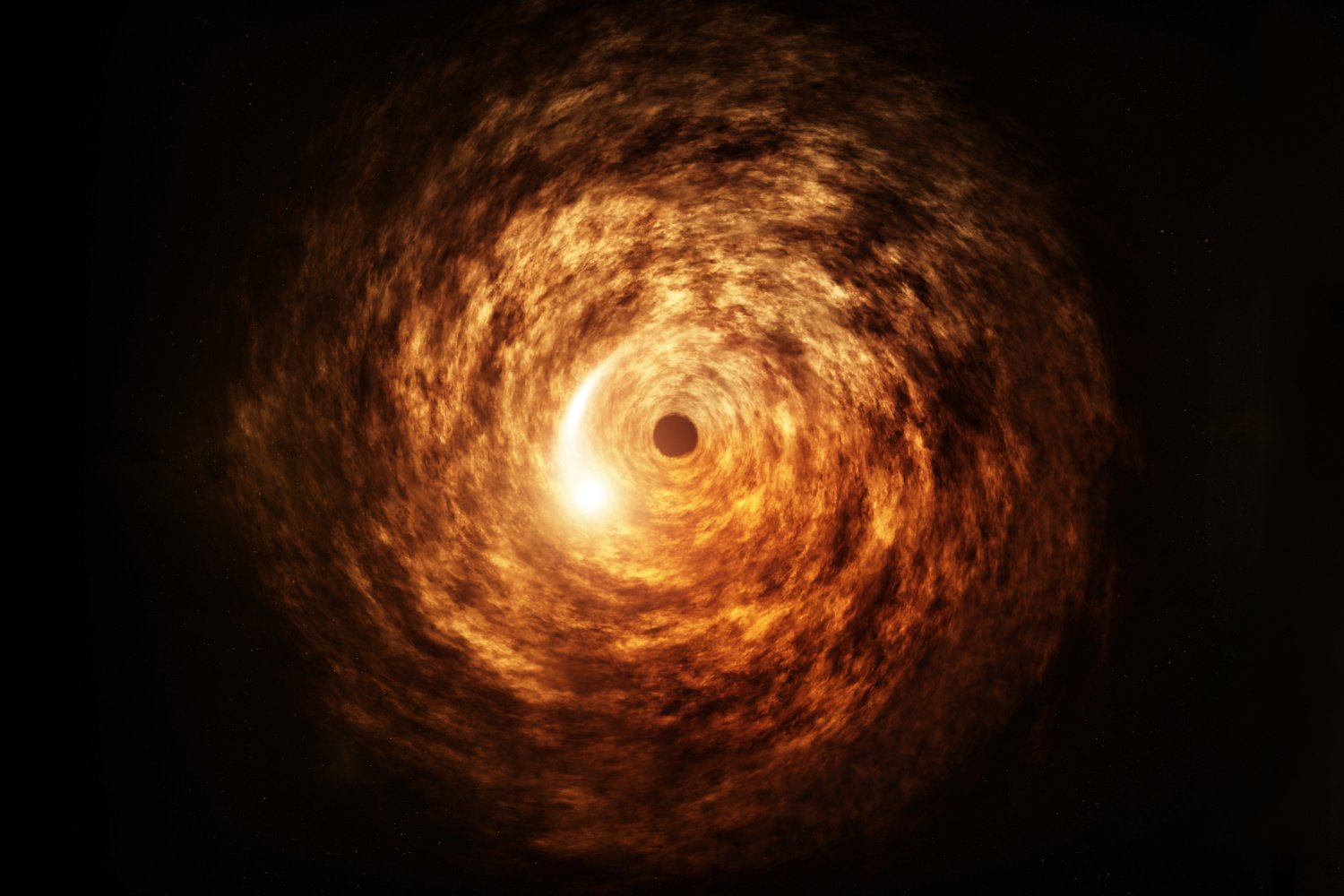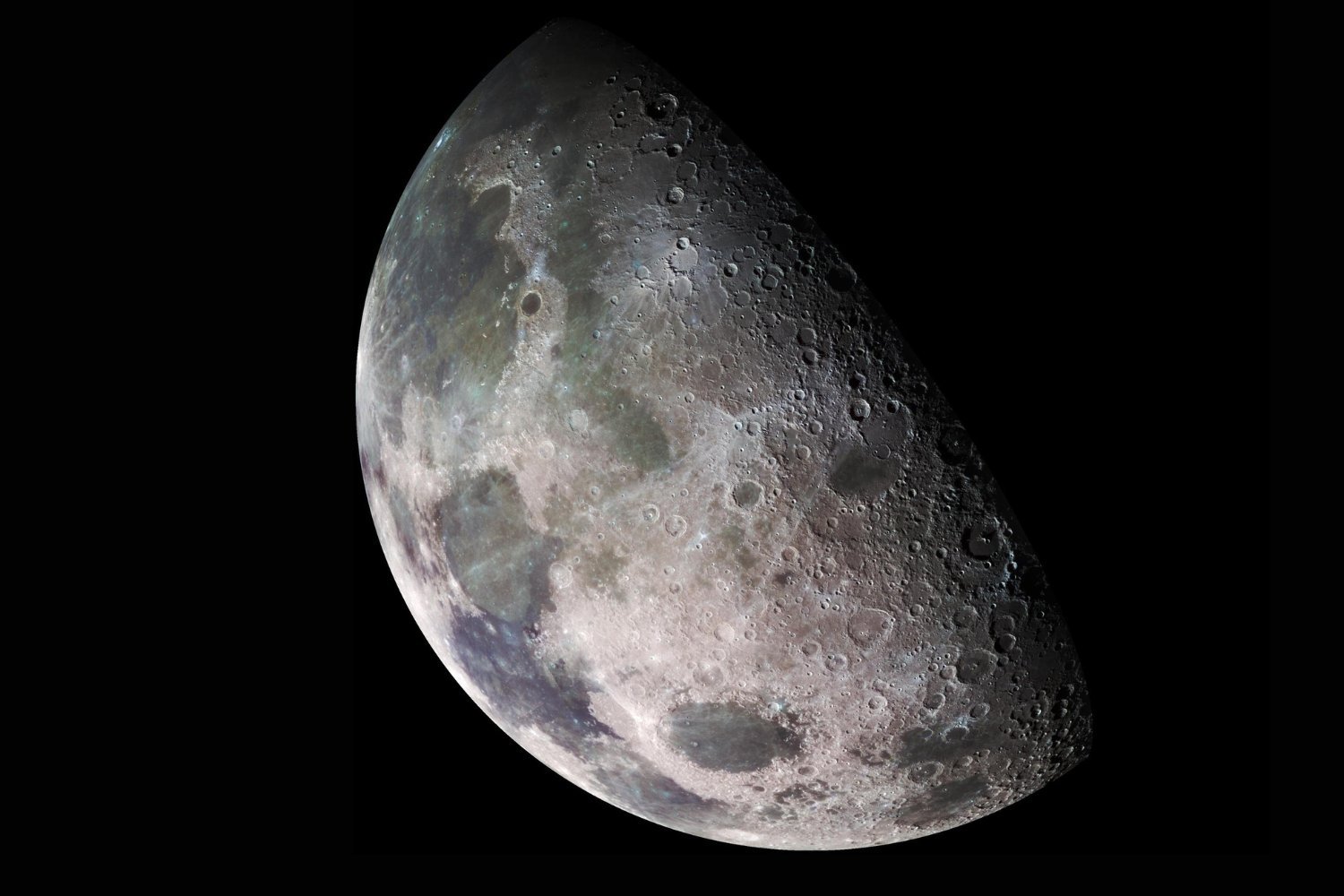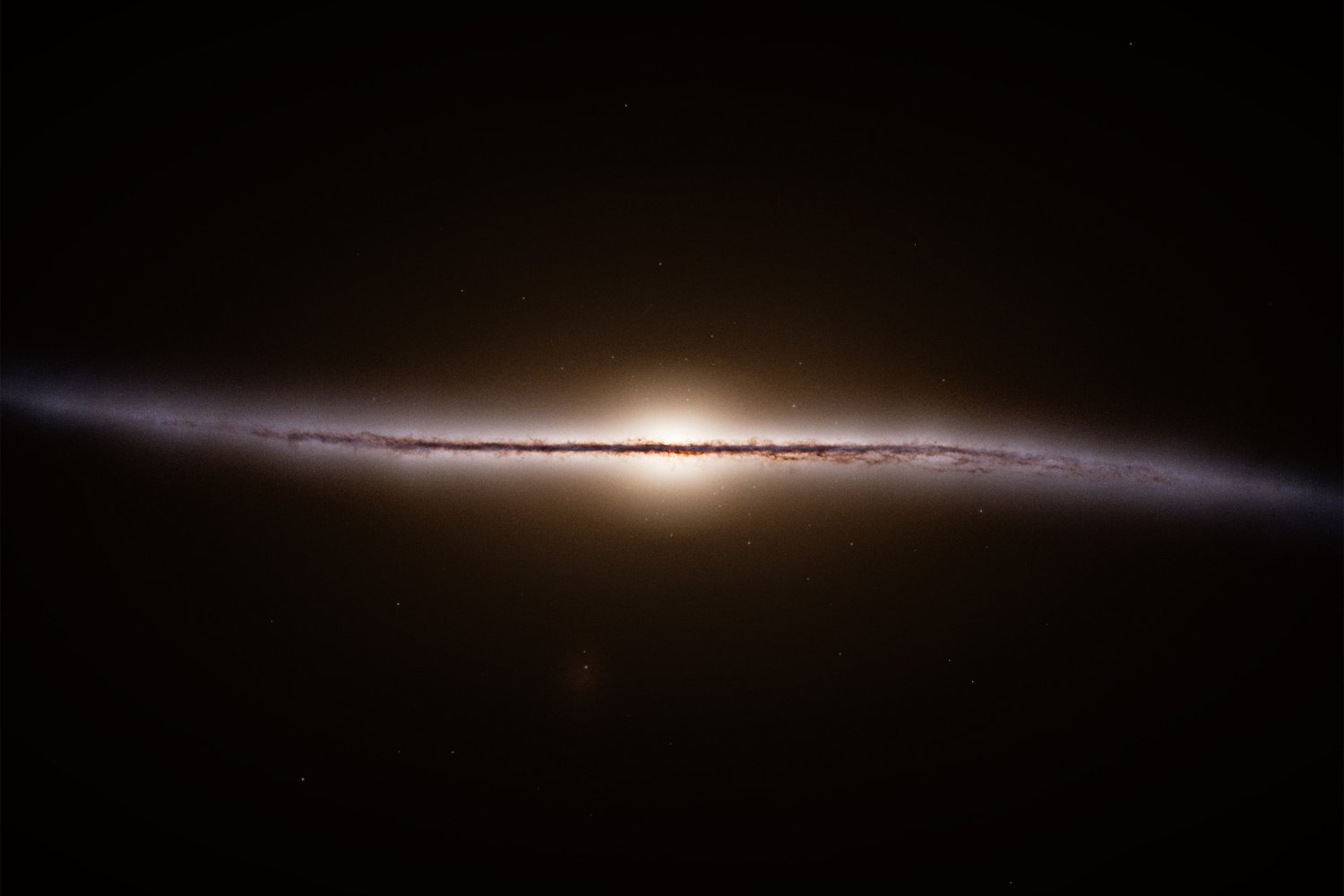Supermassive black holes, celestial behemoths billions of times the mass of our Sun, may be more prevalent throughout the cosmos than previously thought. A recent study has revealed a new estimate for the number of these hidden giants, shedding light on their formation and the critical role they play in galactic evolution.
Black holes are defined by their intense gravitational pull, so strong that even light cannot escape beyond the event horizon. However, the region surrounding a black hole, known as the accretion disk, is incredibly bright. This disk, a swirling mass of superheated gas and dust, can sometimes obscure the black hole itself, blocking light that would otherwise be detectable by astronomical observatories.
The research team found that approximately 35% of the supermassive black holes they studied were obscured by their accretion disks. This suggests a significantly larger population of hidden black holes than earlier estimates, which placed the figure around 15%. These findings were recently published in The Astrophysical Journal.
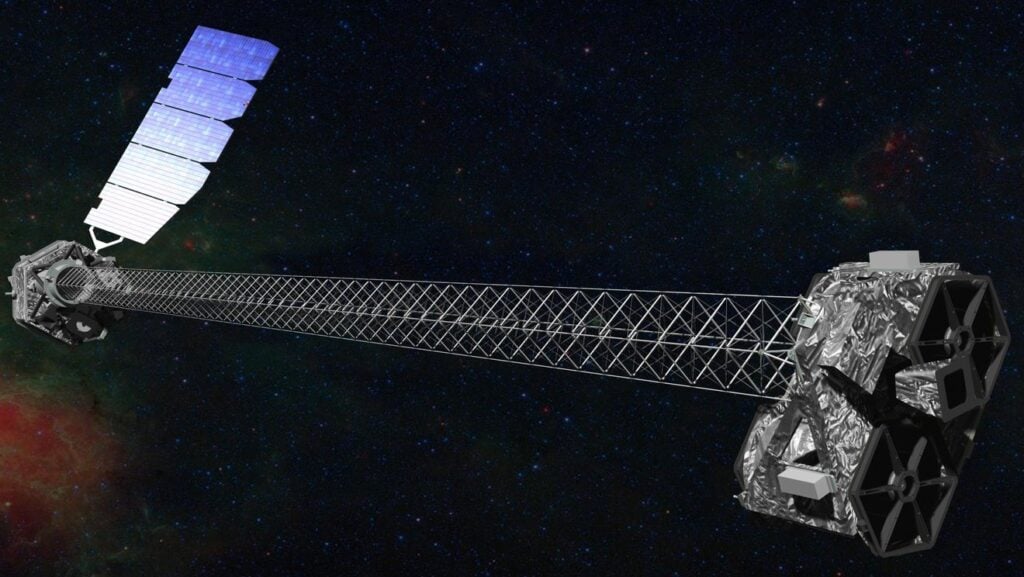 An artist’s illustration of NASA’s NuSTAR X-ray telescope in space.
An artist’s illustration of NASA’s NuSTAR X-ray telescope in space.
The team’s conclusions are based on data collected from NASA’s Infrared Astronomical Satellite (IRAS) and the Nuclear Spectroscopic Telescope Array (NuSTAR) X-ray observatory. IRAS detects infrared light, and the infrared emissions from black hole accretion disks can reveal the orientation of the black hole relative to the satellite. Using IRAS to identify hundreds of potential targets, the researchers then employed NuSTAR’s X-ray capabilities to confirm the presence of edge-on, or obscured, black holes.
Supermassive black holes exert a profound influence on the galaxies they inhabit. “If we didn’t have black holes, galaxies would be much larger,” explained study co-author Poshak Gandhi, an astrophysicist at the University of Southampton, in a NASA Jet Propulsion Laboratory release. “For instance, without a supermassive black hole in our Milky Way galaxy, we might see many more stars in the sky. This illustrates just one way black holes can shape galactic evolution.”
This influence can extend far beyond their host galaxies. Last year, astrophysicists identified the largest known black hole jets, known as Porphyrion. These powerful streams of particles, ejected at near light speed, are an astounding 140 times the width of the Milky Way galaxy.
 Porphyrion Jets
Porphyrion Jets
While black holes are essential drivers of galactic evolution, even these colossal objects can remain hidden from our view. This latest research illuminates how these concealed giants evade detection, highlighting that the universe may harbor even more of these cosmic powerhouses than we currently realize. The discovery underscores the ongoing need for further investigation into these enigmatic objects and their profound impact on the cosmos.



